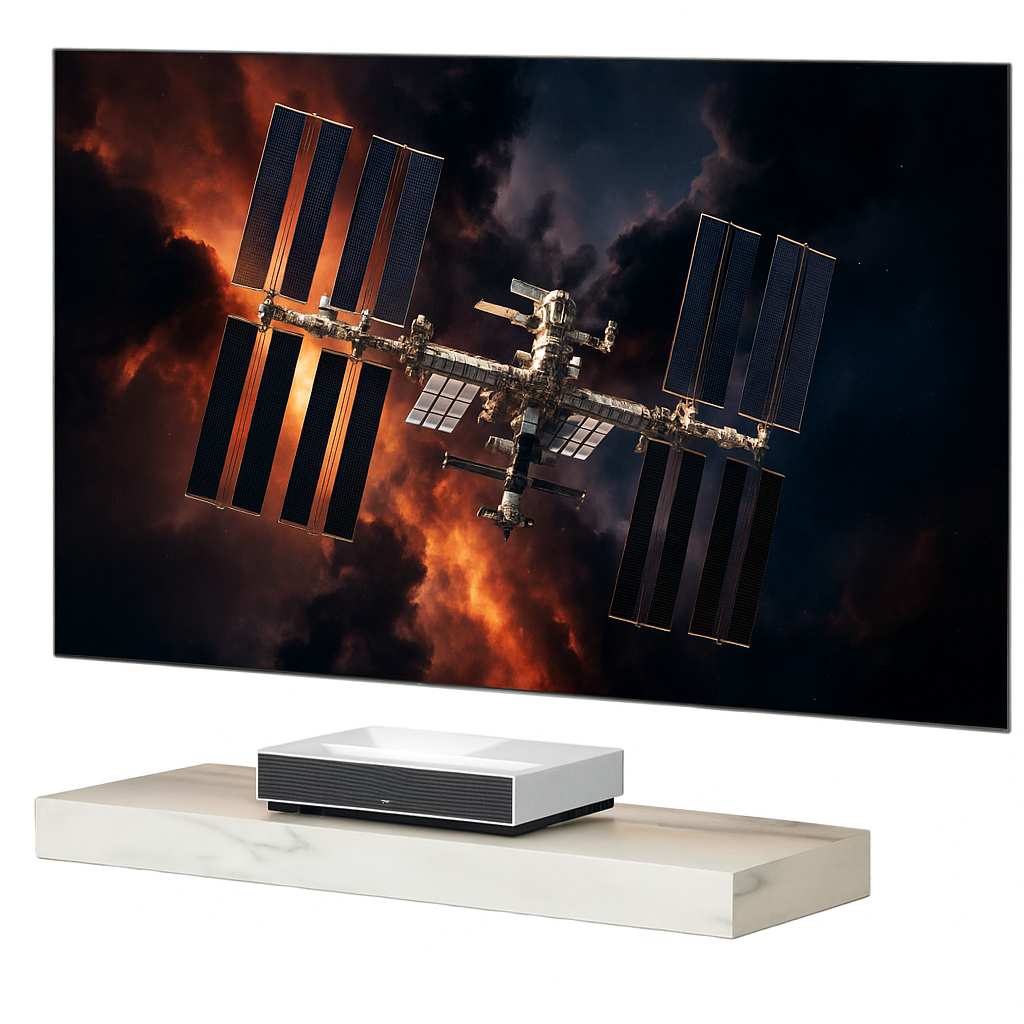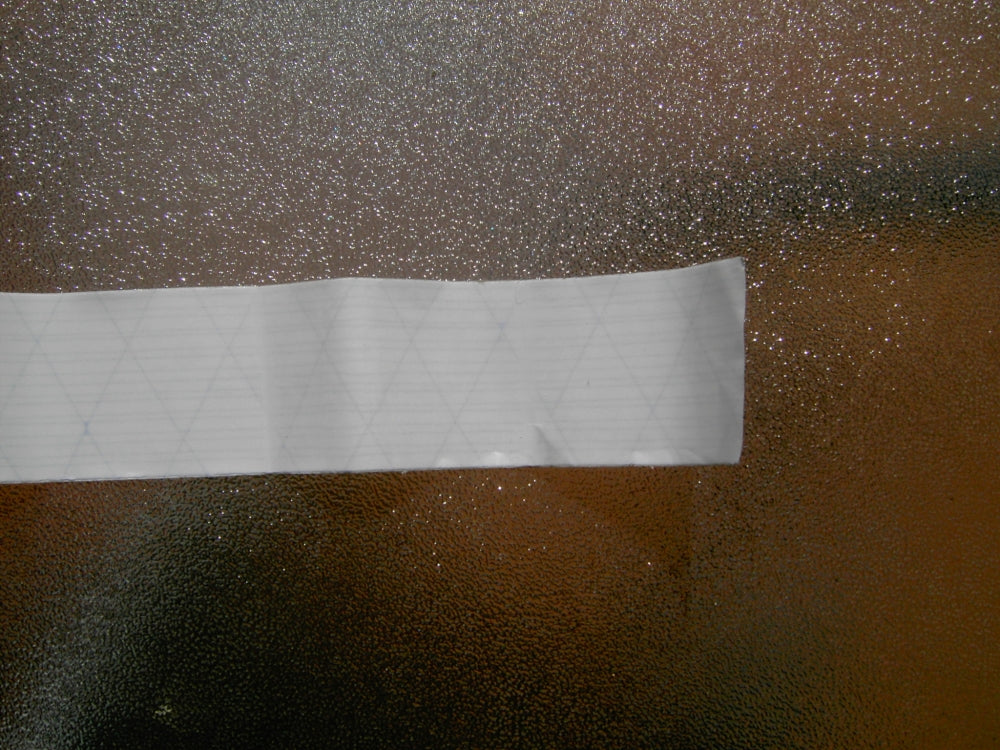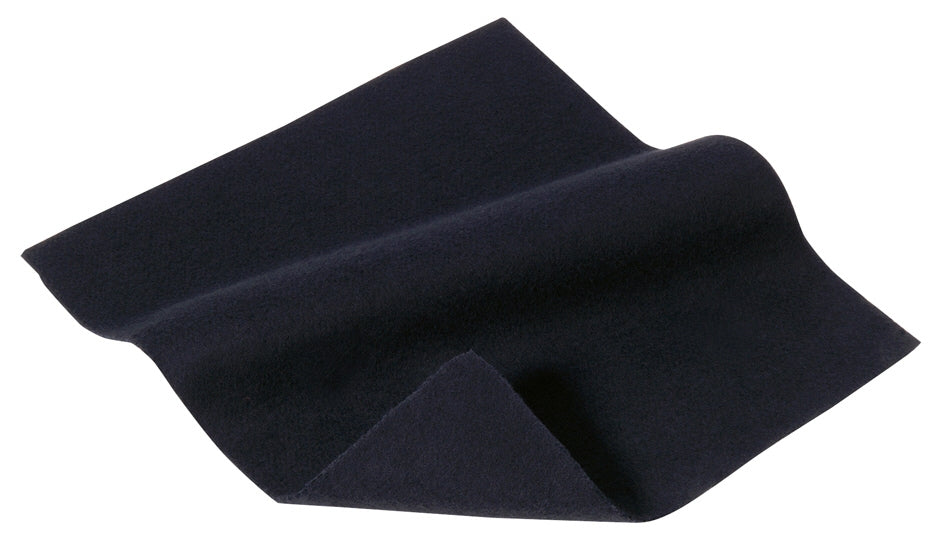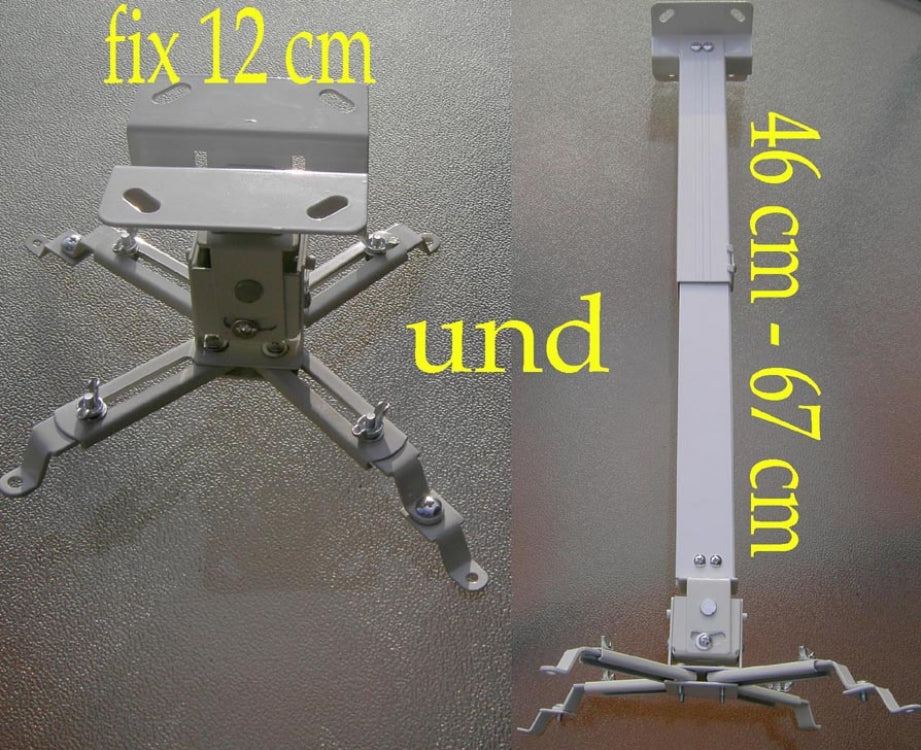CLR for ultra short throw projectors
CLR screen cloth for ultra short throw projectors: The future of home cinema is here. Experience it in large format. Order online now.
What is a CLR screen surface for ultra-short-throw projectors?
A CLR (Ceiling Light Rejecting) screen surface is a special screen designed to optimize the viewing experience when using ultra-short-throw projectors. These projectors project the image onto the screen from a very short distance, diagonally from below. Since ambient light is always present during the day, the CLR screen surface addresses this problem by using a special coating that reflects the projector's light while blocking ambient light from above. This keeps the image clear and high-contrast even in bright rooms, without the image quality being compromised by unwanted reflections.
What are the advantages of a CLR screen?
CLR screens offer a variety of benefits, especially for home theater enthusiasts and professional presentations. They enable sharper and high-contrast images, even in rooms with high ambient light. This is especially beneficial if the screen is used in a living room or other room that cannot be completely darkened. Furthermore, a CLR screen improves color reproduction and black levels, creating a more intense and immersive viewing experience.
What rooms are suitable for a CLR screen?
A CLR screen is ideal for rooms where complete blackout is difficult or impossible. This includes living rooms, conference rooms, classrooms, and other public or private areas that are frequently exposed to ambient light. The screen's ability to block ambient light while displaying the projector image clearly and vividly makes it an ideal choice for such environments. The CLR screen fabric is also excellent for completely dark rooms, as it delivers optimal black levels.
How do I care for a CLR screen?
Caring for a CLR screen is relatively straightforward, but requires some precautions to maximize the screen's lifespan. It is recommended to regularly wipe the screen horizontally with a soft, dry cloth to remove dust and dirt. Avoid using aggressive cleaning agents or rough cloths, as these could damage the canvas's special coating. If necessary, a slightly damp cloth can be used to remove more stubborn dirt.










